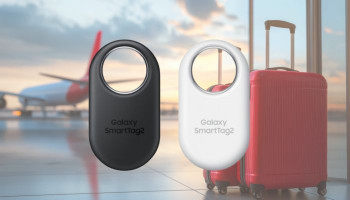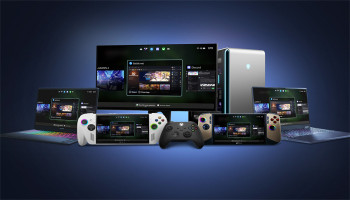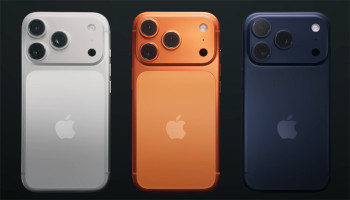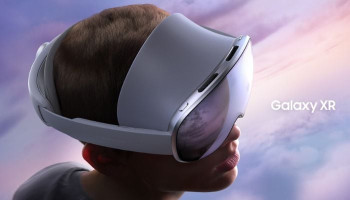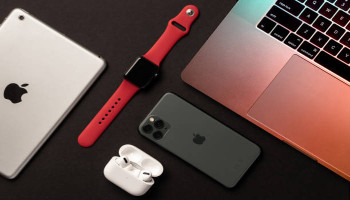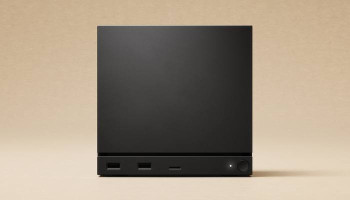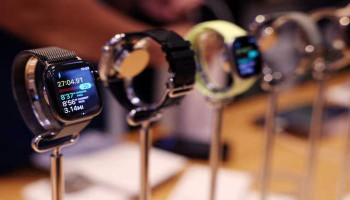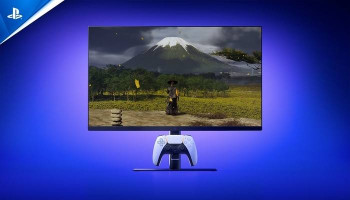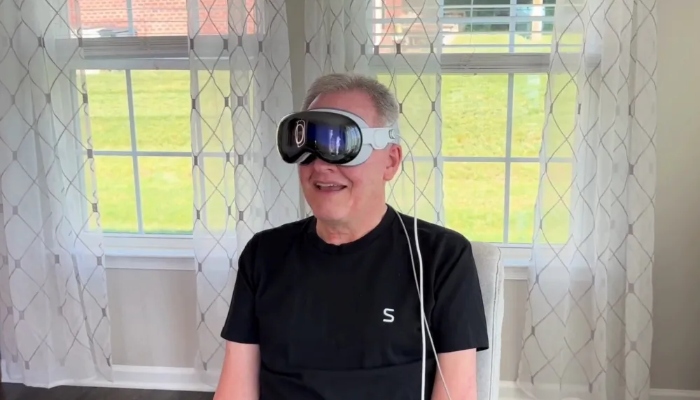
The Apple Vision Pro is already quite smooth with its controls, which ironically, involve none. The mixed reality headset uses eye-tracking data and finger movements for operation.
While this is impressive, there are many individuals, such as those with upper-body paralysis, for whom using the Vision Pro remains a dream. However, this might soon change.
Synchron, a neurotechnology firm working to 'address the limitations of the human body', has made a breakthrough with its Stentrode Brain-Computer Interface (BCI), which can now be paired with the Apple Vision Pro.
This development essentially allows a user to control the headset with just their intentions. A demo of this remarkable technology was showcased in a YouTube video featuring Mark, a person with Amyotrophic Lateral Sclerosis (ALS), a condition that prevents him from moving his hands.
Read more: Meta introduces ‘Layout App’ allowing spatial measurement on Quest 3
In the video, Mark is seen interacting with the headset using Synchron’s BCI. Since the Vision Pro already features eye-tracking technology, Synchron only needs to detect the user's intentions.
During his Vision Pro experience, Mark played Solitaire, browsed and watched videos on Apple TV, and even sent text messages using the BCI and Vision Pro software.
Synchron has been involved in the brain-implant space for some time. The Stentrode implant uses established techniques such as stents and endovascular surgery, with clinical trials beginning as early as January 2022.
While Neuralink is a well-known name in the industry, its implants require opening the patient's skull, which Synchron's approach avoids.
Although news of such advancements in thought-control technology is exciting, their public release is still some way off. Currently, this technology needs to undergo numerous clinical trials, meaning its availability remains limited.





